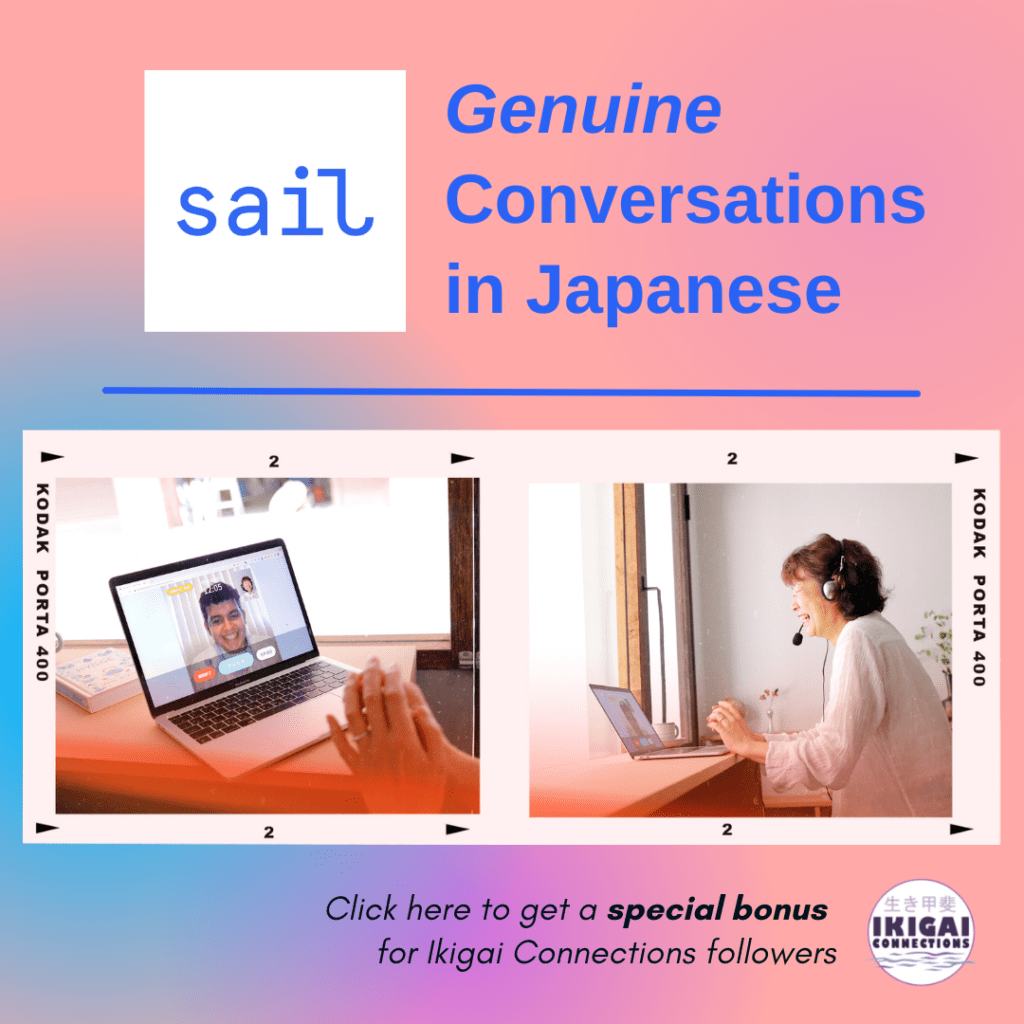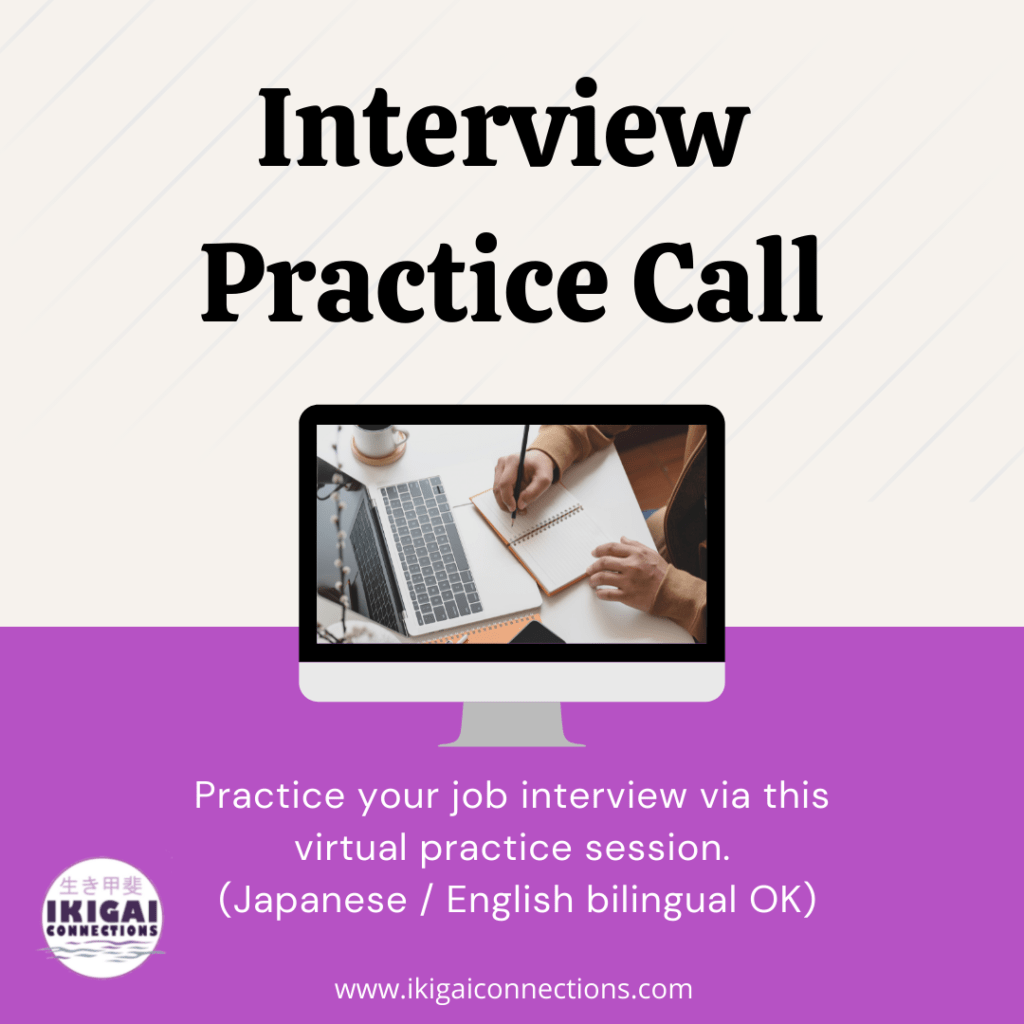[Updated April 2024] Tom’s brilliance at researching possibilities will astound you. In Tom’s words, “I synthesized my own career path” – which is incredible! Learn what he did with landscape architecture, and apply it to your desired field.
Welcome to the Senpai Success Story, where you can read about others who have walked a unique career path using their Japanese language/cultural skills. (Senpai means “mentor” or “teacher,” and the concept is important to understand for anyone wishing to work in a Japanese business setting.)
How I Started Out
I actually didn’t have much of a conscious interest in Japan at the time, but when I was a high school freshman I had to take a language course and my older brother had recommended that I take up Japanese. I do however think my interest budded in a similar way a lot of people my age did, through video games and other media. I think the earliest exposure I got was through Animal Crossing for the Gamecube when I was around 5 years old (there’s a lot of little nods to Japanese culture there.)
I went on to study all 4 years of high school and got a minor in Japanese at Michigan State University.
The Wakayama Experience
An integral part of my experience with Japanese culture and language was my study abroad experience in Wakayama City, Wakayama Prefecture the summer before my senior year (2014).
It really enriched the learning process for me and I can’t thank my Japanese teacher (Mr. Rubida), Youth For Understanding and my host family enough for facilitating it all. In a sense, I consider that study abroad to be the beginning of when my Japanese studies got a bit more focused and serious.
In particular, I was really able to juxtapose my lived experience in the United States to what I was living through there. For me, I noticed just how different the landscapes and land uses were in Wakayama were when compared to Michigan (and somewhat the U.S. on the whole.) It definitely challenged assumptions I had about how neighborhoods, every day greenspace, and city layouts look and function, especially given my life was mostly in the suburbs of southeast Michigan up until then.

Career Connection
As far as my career is concerned, I synthesized my own career path from some of what I had mentioned about landscapes in Japan. I am currently a masters student studying Landscape Architecture and I intend to pursue the elements I came to appreciate about Japan through academic research and applications on both an ecological and aesthetic front.
There are many concepts I have come across in this pursuit such as Forest Bathing (森林浴), Environmental Psychology (環境心理学), and Satoyama (里山). These concepts have informed how I would like to approach Landscape Architecture insofar as I want to recruit visitors to interact and appreciate their own and local public landscapes.
It is my inclination to say that Japanese landscapes are not only beautiful due to their design, but due to the active cultural appreciation of them. Of course, with cultural diffusion and new economic resources, some of that care and attention is being lost (especially in Satoyama landscapes) but I believe it can be unearthed again. Delving into these concepts has a great deal of promise for addressing the modern-day issues of environmental stewardship as well as mental health in urban settings.
In regard to Japanese language, although plenty of landscape architecture literature is published in English, plenty of the local level papers remain untranslated in Japanese. I am currently still improving my Japanese proficiency to be able to interpret those papers and in particular want to expand my environmental/economic related vocabulary. Although a lot of the people I contact to interview about these concepts and their projects prefer to correspond in English, having a grasp of some Japanese definitely provides a more collaborative atmosphere to our interactions.
Bilingual/Bicultural Tips!
I made a whole speech on this tip at the end of my time at JCMU (Japan Center for Michigan Universities) in Fall 2018 and I stand by it- Don’t be afraid to embarrass yourself!
What I essentially mean by this is you need to adopt the mindset that mistakes are to be expected and part of the natural adoption process of a new language. Back when we were all young children learning our first language, we didn’t have a textbook to reference for correctness, but we had supportive people to correct our grammar and intonation, etc. In the same sense, you will expedite your Japanese learning if you find supportive native speakers who will correct you and push you in the right direction. Albeit, I’d recommend letting you finish a few sentences before getting a correction so you can practice going through the full motion of trying to articulate an idea and then revise it.
Once you get corrected on grammar or intonation by your native speaker friend, go through the sentence again in its entirety and you’ll get a lot more out of the experience.
I’ve embarrassed myself plenty of times with language blunders, but in the long run, I remember them much more clearly because they were embarrassing! So, in a certain regard, you should embrace the embarrassment because it’ll make you a stronger speaker in the long run!

Researching Tips
One thing that has helped me navigate opportunities to interface my industry and Japanese language/cultural knowledge is independent research and consulting with as many people as possible. These two activities must work in tandem together since if you make progress in one, it’s important to make progress in the other.
To give an example of how I moved in this way, shortly after graduating from college, I started looking into masters programs that addressed my interest in Japanese landscapes. While I ultimately decided not to enroll in a masters program abroad (I was looking into Tokyo University of Agriculture at the time), I came across several keywords that came in handy later. In particular, I had never heard of the word “Satoyama” until I looked through the research profile of Dr. Kojiro Suzuki and corresponded with him through email. Shortly after that, I visited a Japanese cultural event in Novi whereby I actually networked my way into a Japanese garden event at Cranbrook Academy. There I met the Garden Curator of the Portland Japanese Gardens, Sadafumi Uchiyama (Sada-san) who I communicated my interests to and discussed the differences between American/Japanese landscape architecture climates and schools of interest in Japan. Come December 2019, I flew off to Oregon for several reasons. The first was to take the JLPT N2 exam (I did not pass, but we’ll get there.) Secondly, I visited the University of Oregon and Washington to ask them about their MLA programs and if my interests in Japanese suited their curriculums and aims. Finally, I stopped at the Portland Japanese Garden by invitation of Sada-san and he was gracious enough to give me a tour.
So, in broad strokes you will notice that I:
- First, Researched a topic enough so I had substantial opinions or questions to discuss.
- Followed by Finding people aligned with these topics who corrected misconceptions or otherwise pointed me in a new direction.
And to be perfectly clear, you do not need a terrible amount of time or energy set aside to do this process. I personally was working full-time while much of this was happening and just pitched in whatever time I had at the end of the day or on weekends. It definitely helps to be really interested in the subject you’re researching so that even after a long day of work, energy just spontaneously comes to you for more digging.
I would also recommend being patient with this process. There will be times where you make a great deal of headway on finding opportunities, and times where it seems like you’re digging at clay and getting nowhere. Ultimately, you are not in control of when other people respond to emails or when deadlines for scholarships or internships show up, but you can control your attitude and efficiency. And the great thing is, the more you reach out to people and tell them what you’re looking for, the more likely those people will inform you if they find something up that alley. In that vein, after interviewing/consulting someone, be sure to thank them for their time and keep up a good connection with them to improve the chance they’ll think of you if they see something relevant.
2022 Update
This summer 2022, I will be interning with the Japanese healing garden firm, Kurisu LLC. This has been a long time coming for me and they are a good part of my impetus to formally study landscape architecture. I originally interviewed them for my Business Japanese course during my first year in my masters program; this interview was not for a position, but for a report on business models done entirely in Japanese. Despite my newness to the field of landscape and lack of a direct networking connection, I was able to make a good impression by demonstrating my familiarity with the language and openness to learn their style. This led to more conversations and eventually the planning of an internship for summer 2022.
In addition to the installation and maintenance work for which I will be joining the Kurisu crew, I will be conducting my masters thesis at the Oregon State Penitentiary. Kurisu completed the Memorial Healing Garden project at the penitentiary at the request and collaboration of the Asian Pacific Club and Veterans Club in the Adult in Custody population. While this important movement in restorative justice is humbling to a student such as myself, I am very enthusiastic about contributing what I can. With any luck, we will be able to inform new policy on similar projects and see an improvement of Adults in Custody and staff alike.
2023-2024 Update
I spent summer 2023 in the wide open expanses of Obihiro, Hokkaido doing an internship with Takano Landscape Planning. I worked on numerous projects with staff such as an accessible vineyard, the revitalization of a woodlot around a new retirement home, and a mounded playscape for a daycare. I spent my free time roaming the various natural areas of Hokkaido, taking in all the floral diversity- you can find my iNaturalist project for some of the ones I documented. I even got to try a “haskap” fruit in July. This was an unpaid internship, so I am deeply grateful to the Center for Japanese Studies and the School for Environment and Sustainability at the University of Michigan for providing funding for my experience out there.
The following fall, I completed my write-up of my thesis regarding the Japanese-style healing garden at the Oregon State Penitentiary. It was an honor to participate in such a multi-disciplinary project and met many wonderful people along the way. Currently, we are looking into options for publishing the study with a journal and are planning on holding an exhibition about the Memorial Healing Garden at the Japanese Embassy in Washington D.C. this coming July, 2024. Access to nature is such an enormous asset in multiple facets of life, including reforming oneself. We hope to provide a critical understanding of this benefit to prison administrations wherever possible.
Lastly, I landed a job as an entry-level unlicensed landscape architect, so it’s good to be in my field post-graduation from grad school. I hope to take what I have learned these past few years to positively affect my home state of Michigan. More Japanese-centric works may be down the line, but for now I will keep my nose to the grindstone here. If you’re curious about my works, you can find my website here.
LinkedIn: https://www.linkedin.com/in/thomas-charney
Facebook: https://www.facebook.com/tommy.charney
Instagram: https://www.instagram.com/delphirch/
As featured in the North American Japanese Garden Association
Photo credit: Tom Charney